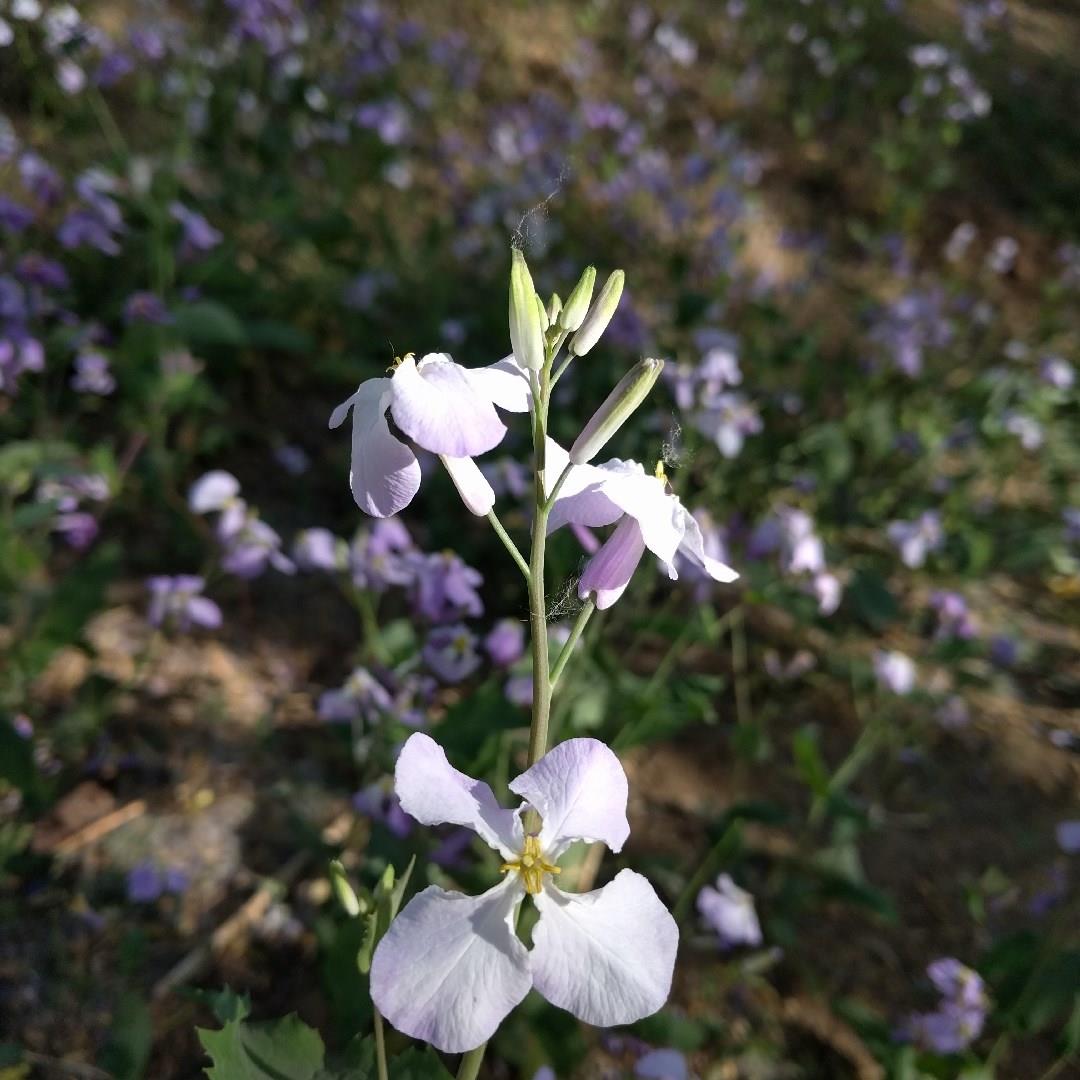
Orychophragmus violaceus syn. Arabis chanetii
Chinese violet cress
Orychophragmus violaceus, commonly called Chinese violet cress, is a member of the mustard family. Flowers and leaves are edible and make tasty additions to salads. Plants typically grow to 60cm tall and as wide. Formerly known as Arabis chanetii.
Contributed by @kevinee
-
Full sun to partial shade
-
Occasional watering
-
Frost Hardy: 23F (-5°C)
-
Moist and free draining
Common name
Chinese violet cress
Latin name
Orychophragmus violaceus syn. Arabis chanetii
type
Herbaceous Perennials
family
Brassicaceae
ph
5.0 - 7.0 Acid - Neutral
Plant & bloom calendar
-
Best time to plant
full grown dimensions
 0.60 M
0.60 M
0.60 M
0.60 M
Orychophragmus violaceus syn. Arabis chanetii
Orychophragmus violaceus, commonly called Chinese violet cress, is a member of the mustard family. Flowers and leaves are edible and make tasty additions to salads. Plants typically grow to 60cm tall and as wide. Formerly known as Arabis chanetii.
Planting
From Early Spring TO Early Spring
Plant Chinese violet cress in average, moist but well-drained soils in full sun to part shade. Plants will not survive winters where temperatures consistently dip below -5C. unless plants are overwintered in a cold frame.
Propagation
From Late Spring TO Early Summer
Where winter hardy, plants are best grown as a biennial by sowing seed outdoors in late spring to early summer. Transplant seedlings as soon as the second pair of leaves has developed to a sunny nursery bed.









